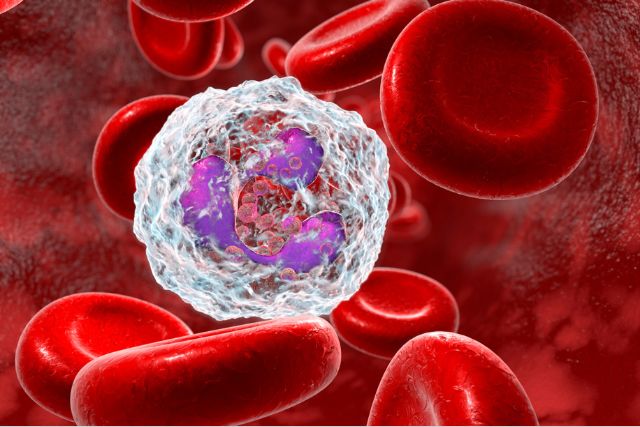EADV Congress 2024
Session type: Miscellaneous
Room: E102
Date: Thursday, 26 Sep 2024, 10:15 – 11:45 CEST
Part of Session: EADV Research funding and Fellowships


Secil Vural
(Istanbul, Türkiye)
Behçet’s disease (BD) is a chronic, relapsing multisystemic vasculitis that typically affects individuals in their 30s and 40s, leading to significant morbidity. While Turkey reports the highest global prevalence (4/1000), the disease’s pathogenesis remains enigmatic, shaped by complex genetic, environmental, autoimmune, and autoinflammatory factors. A strong association with the HLA-B*51 gene, present in 50–70% of BD patients, underscores its genetic basis.
Despite advances in understanding immune dysregulation in peripheral blood—including increased Th17, Th1, and cytotoxic CD8+ T cells—the immune landscape in BD’s primary site of pathology, the skin, remains poorly characterized. To bridge this gap, this groundbreaking study conducted the first large-scale single-cell analysis of BD lesional skin, revealing novel insights into disease mechanisms and potential therapeutic targets.
Study Design and Methods
We analyzed lesional skin and peripheral blood mononuclear cells (PBMCs) from BD patients (n=14; erythema nodosum, n=4; papulopustular eruptions, n=7; genital ulcers, n=3) and compared them to healthy skin samples (n=5). Using single-cell RNA sequencing (scRNAseq), TCR sequencing, flow cytometry, and functional assays, the study examined immune cell composition and molecular pathways in BD.
Key Findings
- Enrichment of Innate and Adaptive Immune Cells:
- BD skin lesions exhibited a significant increase in plasmacytoid dendritic cells (pDCs), mucosal-associated invariant T (MAIT) cells, NK cells, ILC3s, and memory B cells.
- These immune populations were associated with robust Type I immune responses and heightened cytotoxic activity.
- Cytotoxic and Inflammatory Profiles:
- Effector memory CD4+ and CD8+ T cells displayed a cytotoxic phenotype, with elevated production of granzyme B, granzyme K, perforin, IFN-γ, and CCL5.
Pathway Activation:
- Pathway analysis highlighted activation of the JAK-STAT signaling pathway and upregulation of inflammasome-related genes linked to toll-like receptor signaling.
- Differential Cytokine Expression:
- Increased IFN-γ and TNF-α expression in Th, Tc, and MAIT cells within BD skin contrasted with decreased cytokine expression in peripheral blood Th cells, underscoring site-specific immune dysregulation.
Implications for BD Pathogenesis and Therapy
The findings underscore the central role of innate immune cells and innate T lymphocytes, along with an activated Th1/Tc1 axis, in driving BD’s pathology. The study’s identification of key pathways and cell types provides a foundation for targeted therapies, particularly those aimed at modulating JAK-STAT signaling or type I immune responses.
By mapping the immune microenvironment of BD skin lesions at single-cell resolution, this research illuminates the intricate immune dysregulation underlying BD and opens new avenues for precision medicine in this challenging disease.


